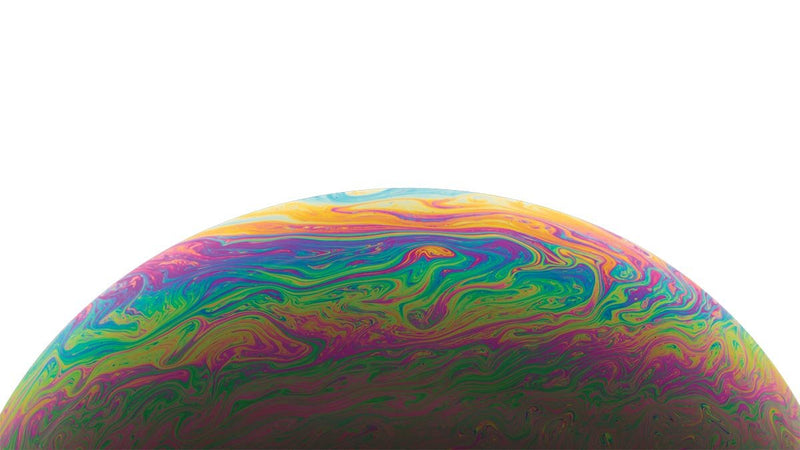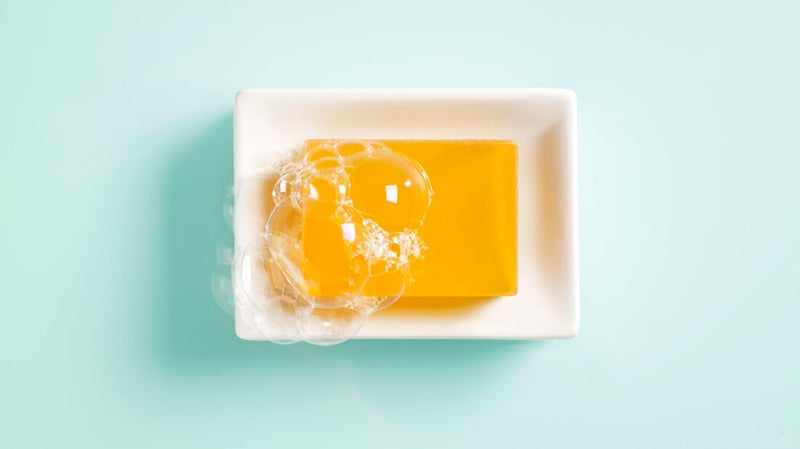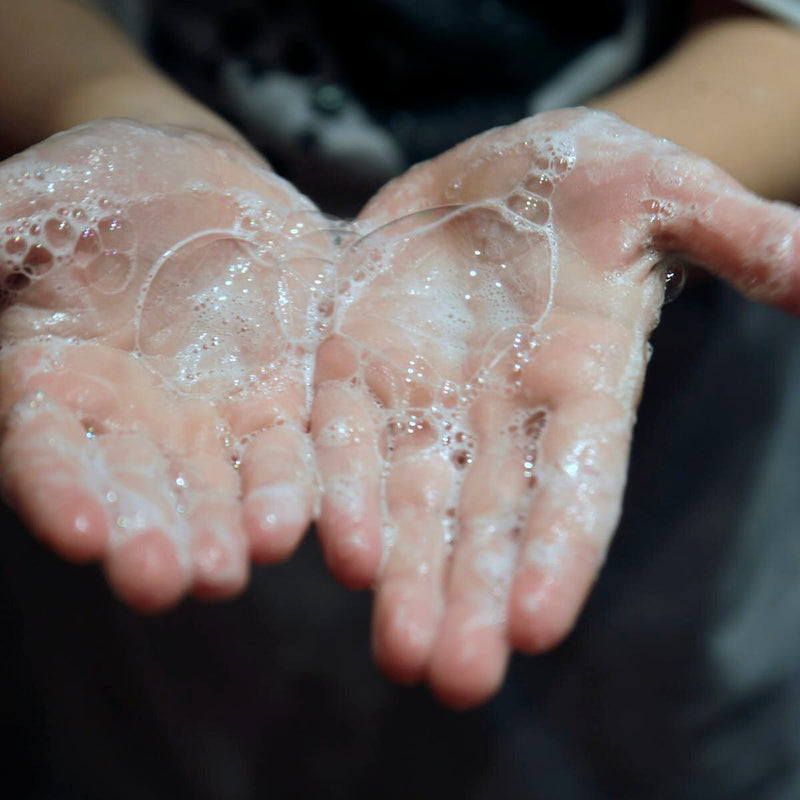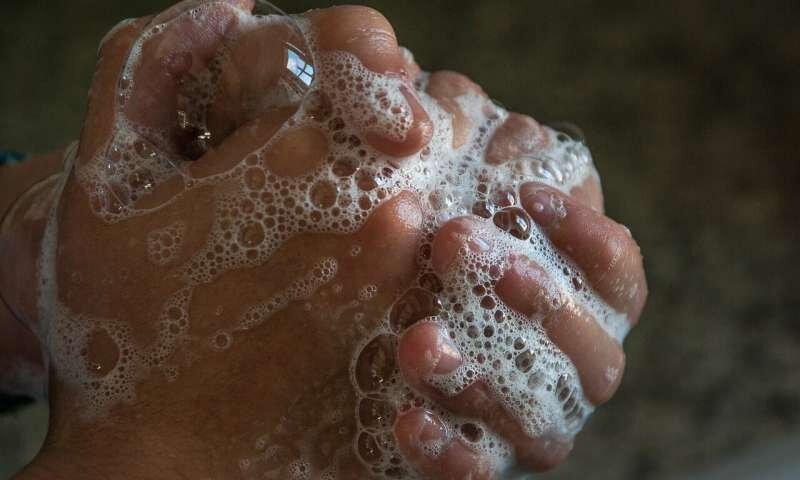
Sharing Bar Soap Isn’t As Gross as You Think, According to a Microbiologist
Posted by Jimmy Gould on
There’s a natural inclination to think “ew” when presented with a foreign, used bar of soap. Someone else’s germs might be on that, right?! Wrong, according to Juliet Morrison, PhD, assistant professor at University of California Riverside’s Department of Microbiology and Plant Pathology, whose research focuses on immunological and virological methods. The Centers for Disease Control and Prevention (CDC) recommendation about not sharing personal items (including bar soap) is referencing methicillin-resistant staphylococcus, also known as MRSA, a type of staph infection...
- Tags: Science

The chemistry of soap
Posted by Jimmy Gould on
Show of hands: who has become infinitely, intimately more familiar with soap recently? If 2020 was the year we learnt to wash meticulously in between our fingers and all the way up our arms, it was also the year we discovered just how long 20 seconds in front of a bathroom mirror can be. But have you ever stopped to wonder how the humble bar of hand soap actually works? How does that slippery ‘cake’ invented thousands of years ago remain...
- Tags: Science

Can Soap Get Dirty?
Posted by Jimmy Gould on
When you see lovely little bars of lemon-thyme or lavender hand soaps on the rim of a sink, you know they are there to make you feel as fresh as a gardenia-scented daisy. We all know washing our hands is important, but, like washcloths and towels, can the bars of hand soap we use to clean ourselves become dirty as well? Soaps are simply mixtures of sodium or potassium salts derived from fatty acids and alkali solutions during a process called...

How does soap work?
Posted by Jimmy Gould on
Soaps are mixtures of sodium or potassium salts of fatty acids which can be derived from oils or fats by reacting them with an alkali (such as sodium or potassium hydroxide) at 80°–100 °C in a process known as saponification. fat + NaOH ---> glycerol + sodium salt of fatty acid CH2-OOC-R - CH-OOC-R - CH2-OOC-R (fat) + 3 NaOH ( or KOH) both heated ---> CH2-OH -CH-OH - CH2-OH (glycerol) + 3 R-CO2-Na (soap) R=(CH2)14CH3 Try this!! Click the...
- Tags: Science

Video: How does soap kill the coronavirus?
Posted by Jimmy Gould on
We have all been advised during the coronavirus outbreak to wash our hands frequently with soap and water for at least 20 seconds. According to the Centers for Disease Control and Prevention, “many diseases and conditions are spread by not washing hands with soap and clean, running water.” Why does soap work so well on the new coronavirus and most other viruses? Marcus Kaul, an associate professor of biomedical sciences at the School of Medicine at the University of California,...
- Tags: Science

